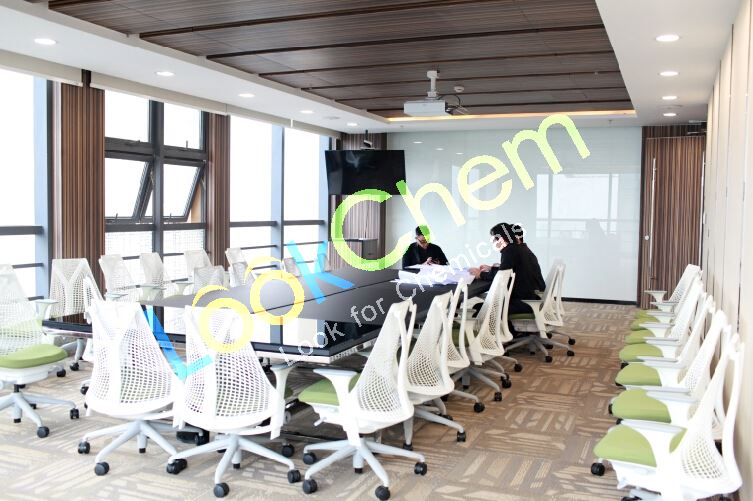introduction:
product name: acitretin
synonyms: (all-e)-9-(4-methoxy-2,3,6-trimethylphenyl)-3,7-dimethyl-2,4,6,8-nonatetraen;6,8-nonatetraenoicacid,3,7-dimethyl-9-(4-methoxy-2,3,6-trimethylphenyl)-4;all-trans-3,7-dimethyl-9-(4-methoxy-2,3,6-trimethylphenyl)-2,4,6,8-nonatetra;all-trans-etretin;retinoidetretin;ro10-1670;(e)-9-(4-methoxy-2,3,6-trimethylphenyl)-3,7-dimethyl-2,4,6,8-nonatetraenoic acid;etretin
cas: 55079-83-9
mf: c21h26o3
mw: 326.43
einecs: 259-474-4
product categories: active pharmaceutical ingredients;various metabolites and impurities;intermediates & fine chemicals;metabolites & impurities;pharmaceuticals;retinoids;intracellular receptor;api;aromatics;soriatane
mol file: 55079-83-9.mol
acitretin is a second generation retinoid. it is taken orally, and is typically used for psoriasis. it is a metabolite of etretinate, which was used prior to the introduction of acitretin. etretinate was discontinued because it had a narrow therapeutic index as well as a long elimination half-life (t1/2=120 days), making dosing difficult. in contrast, acitretin's half-life is approximately 2 days. because acitretin can be reverse metabolised into etretinate which has a long half life, women must avoid becoming pregnant for at least 2 years after discontinuing acitretin. therefore, etretinate is generally not recommended for women of child bearing age with a risk of becoming pregnant. acitretin is the least toxic systemic treatment for psoriasis. it is an oral retinoid of choice used in the treatment of severe resistant psoriasis. it binds to nuclear receptors that regulate gene transcription. they induce keratinocyte differentiation and reduce epidermal hyperplasia. acitretin is readily absorbed and widely distributed after oral administration. a therapeutic effect occurs after 2 to 4 weeks or longer. if a patient has received the medication, he/she is advised against giving blood for at least 3 years due to the risk of birth defects.


 Diamondsupplier
Diamondsupplier 




